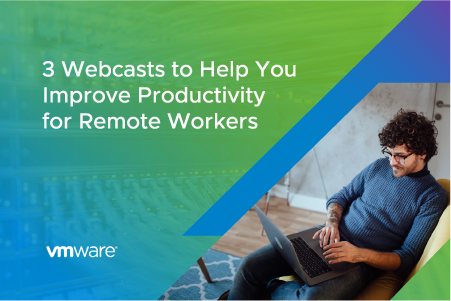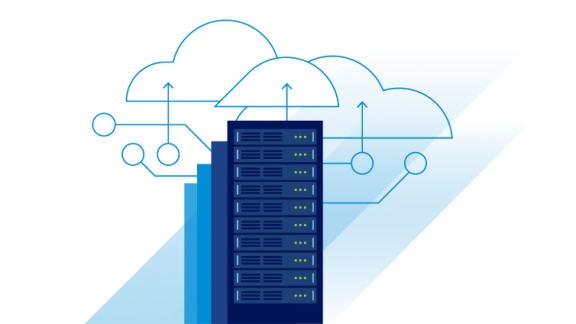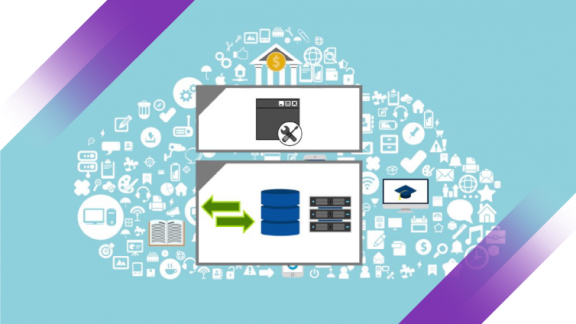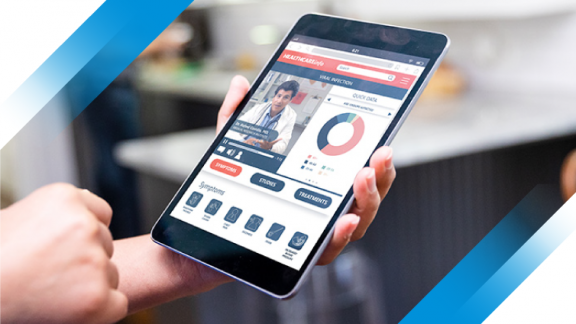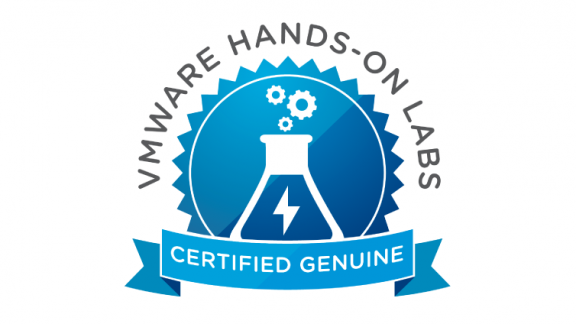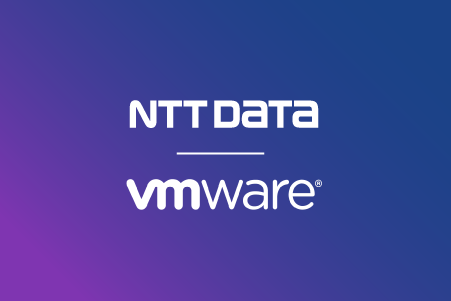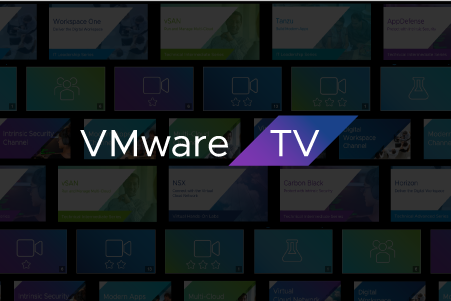Remote working is nothing new. In the US alone there was a 159% increase in remote working between 2005-2017, according to this study based on US census data, but what was already fast becoming the defining workplace trend of our age has been given even more prominence by recent COVID-19 restrictions.
With government-enforced lockdowns being announced across the globe, organizations everywhere have been forced to create remote working policies from scratch or, for those that were already working that way, expand their provision to most if not all of their workforce.

We at VMware are not immune to this ourselves, with 30,000+ employees now working remotely, and we were confronted with the same questions around how to maintain productivity and efficiency when our workforce is dispersed.
Fortunately, we have spent a lot of time trying to understand the idea of employee experience and what constitutes an engaged employee or an engaged workforce. We’ve made our three top webcasts available on demand at the links below, so you can drive productivity through the right remote working practices.
1. Make “work from home” work for all
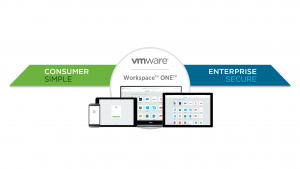
Creating a workspace can be challenging when you are based at home. Everyone’s situation will be different, of course, but some employees may not have dedicated space to turn into a temporary office, others may have to balance work with watching children, and some may struggle with the loss of human interaction that comes with remote working. The key as an employer is to listen to each employee and work to fix those things that are within your control. Ensuring an employee has the correct equipment, can access all of the apps needed for their day-to-day work and is in regular communication with team members will replicate the work experience in the home as best as possible and ensure productivity is maintained.
Want to hear more? Stream our webinar on pandemic preparedness.
2. Don’t lose the hive mind
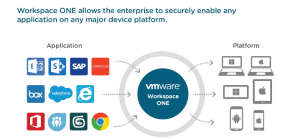
An organization is only as good as the people who power it, but remote working is a major threat to those team dynamics that facilitate creative processes and allow innovation to flourish. It is vital that employees can stay in regular contact with their team members so a key first step is to establish clear communications, building out internal and external access portals for all employees. Next, empower them with mutual workspaces where they can access all their applications on their desktop and then push this out so people can also access these portals using their own personal devices at home or corporate laptops. However, ensure they are all secured with endpoint detection response and antivirus capabilities so that disruption to work practices is minimized and innovation can continue as normal.
Want to hear more? View our webcast on unlocking BC/DR remote work.
3. Keep things simple
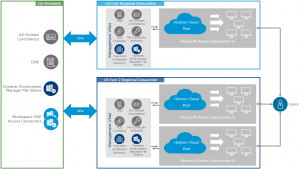
Switching to remote working is complicated enough for employees, so it is best practice to keep process changes to a minimum. Ideally, organizations should adopt one interface that manages all the different endpoints and devices that are out there including Mac, iOS, Android, and Windows web applications. As more employees look to access corporate data apps and online resources across more devices and locations, desktop and application virtualization solutions provide organizations with a streamlined approach to delivering, protecting and managing desktops and apps. This means employees can work on truly stateless virtual desktops without adding more complexity to the organization’s IT systems, more headaches to the lives of the IT team or extra costs on the bottom line of the business.
Want to hear more? Check out this webcast on enabling remote workers on Horizon Cloud.
At VMware, we’ve come to realize that the organizations who engage their employees best are the ones who will adapt fastest to the “new normal” of remote working. For updates on our upcoming webcasts and important events related to remote workforce productivity, follow VMware Events on Twitter.
